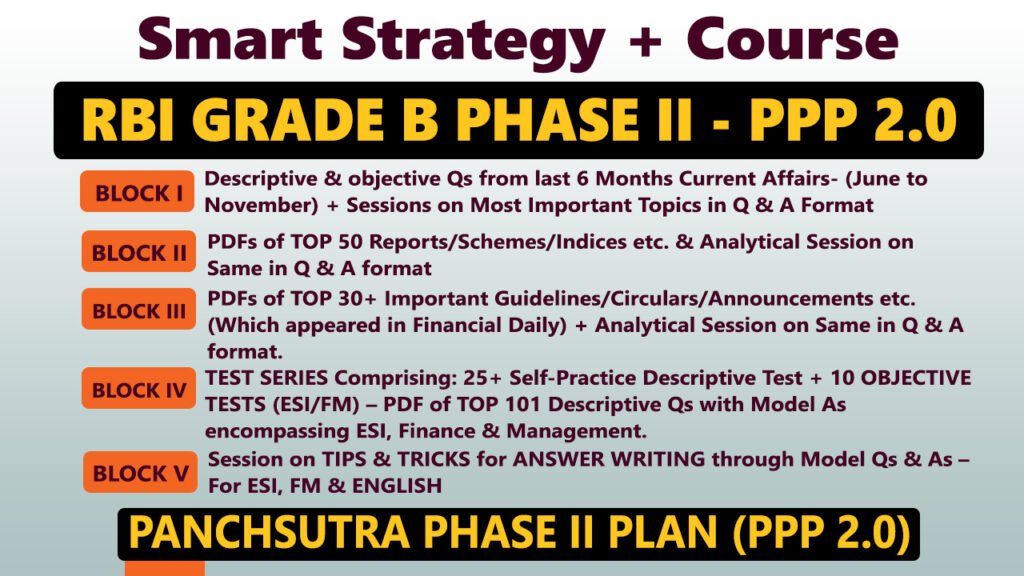
Introduction
India’s creative economy is growing as a forceful driver of innovation, inclusive growth, and global influence. During the inaugural WAVES Summit 2025 in Mumbai, Prime Minister Narendra Modi highlighted the transformative power of the creative economy for India’s GDP, employment, and cultural exports. The summit was a milestone event with the launch of the Indian Institute of Creative Technology (IICT) and reaffirmed India’s plans to unlock a $50 billion creative market by 2029.
Highlights of the WAVES Summit 2025
- Venue:
- Mumbai
- Major Announcement:
- Inauguration of the Indian Institute of Creative Technology (IICT)
- Objective:
- Skilling youth and encouraging innovation in animation, media, gaming, and content creation
- Collaboration:
- Ministry of Information & Broadcasting, FICCI, and CII
- Objective:
- Harness a $50 billion creative economy by 2029

What is the Creative Economy?
The Creative Economy is all about using imagination, talent, and original ideas to create things that have both cultural and commercial value. It includes industries like music, movies, design, fashion, animation, gaming, writing, and even YouTube content creation, basically anything where creativity and innovation are the main drivers. Instead of factories or machines, it thrives on human expression and storytelling. Whether it’s a filmmaker directing a new movie, an artist designing digital graphics, or a gamer creating live-streamed content, the creative economy turns ideas into income and opportunities.
Also called the Orange Economy, the creative economy are those industries that are dependent on personal creativity, talent, and intellectual property in order to produce economic value and jobs.
Elements of the Creative Economy
| Category | Industries Included |
|---|---|
| Cultural Industries | Music, film, dance, theatre, literature, handicrafts |
| Creative Industries | Advertising, fashion, architecture, design |
| Digital Creative Sectors | Animation, VFX, gaming, OTT, XR (Extended Reality), YouTube, podcasts, influencer content |
Origin of the Term
- Creative Economy: John Howkins popularized it.
- Orange Economy: Iván Duque (former President of Colombia) and Felipe Buitrago coined the term.
Current Status of India’s Creative Economy (2025)
- As of 2025, India’s creative economy is witnessing robust growth and emerging as a key driver of socio-economic development.
- The sector currently contributes around $30 billion to the nation’s GDP, reflecting its rising significance in the broader economic landscape.
- It employs nearly 8% of the workforce, spanning domains like media, design, arts, entertainment, crafts, advertising, and digital content creation.
- With creative exports surpassing $11 billion annually, India is strengthening its position in global markets.
- The country also ranks among the leading nations in digital adoption, mobile manufacturing, and boasts one of the world’s fastest-growing startup ecosystems, further bolstering the creative economy’s global competitiveness.
India’s Unique Strengths in Creative Economy
1. Demographic Advantage
- More than 65% of India’s population is under 35 years.
- Young population drives demand for digital content, gaming, short films, and social media storytelling.
2. Strong Digital Infrastructure
- India boasts the second-largest internet user base.
- Flagship initiatives such as Digital India, BharatNet, and 5G rollout empower digital creators.
3. Cultural Wealth
- Host to diverse languages, traditions, arts, and folklore.
- International popularity of Indian films (Bollywood), food, yoga, and festivals increases content exports.
Major Challenges Hindering Growth
| Challenge | Explanation |
|---|---|
| IP Enforcement Issues | Inadequate safeguarding of copyrights, royalties, and design patents |
| Unorganized Sector | Mainly informal with absence of standardization and information |
| Skill Mismatch | Even training is not able to keep pace with fast advancing technologies |
| Funding Barriers | Restricted finance access for creators and start-ups |
| Urban-Rural Divide | Lack of representation of rural talent and traditional artisans |
Government Initiatives to Boost Creative Economy
| Scheme/Program | Objective |
|---|---|
| Indian Institute of Creative Technology (IICT) | Upskill youth in animation, media, and gaming |
| National Creators Award (2024) | Identify digital creators of content |
| $1 Billion Creator Economy Fund | Financial and capacity-building assistance for international growth |
| National Handicrafts Development Programme (NHDP) | Encourage traditional crafts and the welfare of artisans |
| Financial Scheme of Aid for Promoting Art and Culture | Safeguard and nurture India’s cultural heritage with grants and assistance |
Vision for 2029 of India
WAVES proposes to transform India into a global creative leader by 2029 with:
- Public-private partnership strategy
- Establishing centres of excellence such as IICT
- Creating a durable, inclusive, and tech-supportive creative economy
- Tapping global demand for distinctive, culturally diverse digital content
Conclusion
India’s creative economy is at a turning point. With policy initiative, digital infrastructure, and a young pool of talent, the nation is well-placed to emerge as a global hub for animation, digital content, fashion, gaming, and traditional arts. The WAVES Summit 2025 and initiatives such as IICT reflect a bold vision for empowering creators, conserving culture, and projecting India as the global leader in the orange economy.
FAQs
Q1. What is the Orange Economy?
The Orange Economy are industries based on creativity, culture, and intellectual property such as art, design, digital media, and handicrafts.
Q2. Who initiated the Indian Institute of Creative Technology (IICT)?
The Prime Minister initiated IICT at WAVES Summit 2025 to skill youth in creative fields.
Q3. What is the contribution of the creative economy to India’s GDP?
As of 2025, the creative economy adds approximately $30 billion to the GDP of India.
Q4. What are the challenges confronting India’s creative economy?
The challenges are the lack of IP protection, dominance of the informal sector, skill shortages, limited rural engagement, and access to finance.



















